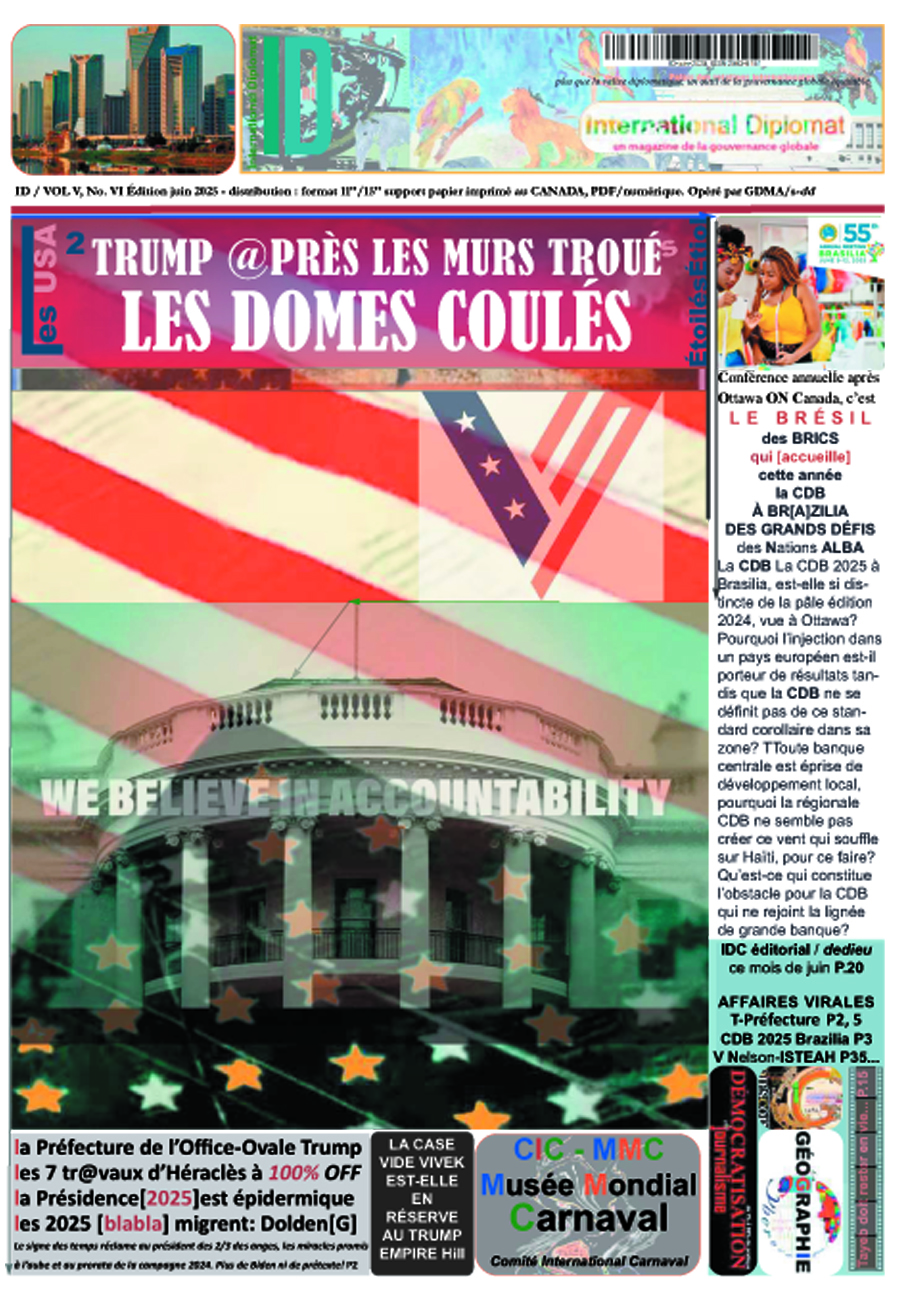In 1714 George I, Georg Ludwig, Elector of Hanover, ascended the throne as Britain’s first constitutional monarch. With the dawn of a new dynastic age came the most dramatic period of change across all aspects of British political, intellectual and cultural life.
To mark the 300th anniversary of the beginning of the Georgian era an exhibition at the *Queen’s Gallery in London explores royal patronage and taste in the reigns of George I and his son, George II, at a time when Britain was the world’s most liberal, commercial and modern society. It brings together over three hundred works in the Royal Collection from royal residences across the United Kingdom. The exhibition has a series of supporting events in different locations including study days and creative courses in portrait miniatures and life style drawings, lunch time lectures, short talks and short recitals relating to the Georgian monarchs and their families.
During the eighteenth century the focus of British cultural life began to shift away from court. London became one of the most important trading cities in the world giving rise to a new leisure class attracted to coffee houses, gaming haunts, assembly rooms, theatrical entertainments and pleasure gardens. Britain embraced freedom of expression that was popularised by British painter and engraver William Hogarth (1697-1764) who excelled in moralising social satires as the defining genre of the period. His works include ARake’s Progress, Industry and Idleness, Gin Lane, and the paintings of ‘Marriage a la Mode’that hang at the Tate Gallery in London.
Georgian Glasgow
To highlight its importance in shaping the city’s history and landscape, the Georgian period was selected as focus of a major exhibition at *Kelvingrove Art Gallery and Museum, during the XX Commonwealth Games in Glasgow in 2014.
A book Introducing Georgian Glasgow How GlasgowFlourished coincides with the exhibition. It is rich in text, pictorial and other illustrations focusing on the city’s development during the period. It features a selection of objects which are in the city’s museum and archive collection – including paintings, prints, furniture, costume and textiles, jewellery, silverware, musical instruments and other domestic items. It gives an insight into Glasgow’s past that helps to tell the story of how Glasgow grew and flourished in the 1700s and early 1800s. Three Sections focus on the merchants, industries in Glasgow and on everyday life, particularly for the working classes.
The Georgian era proved to be a crucial time in the development of Glasgow for it was when the city’s population grew, swelled by thousands of migrants seeking a better life. Advances in technology, such as mechanisation of textile production, the invention of chemical bleach and the rise in trade with the Americas, particularly in the tobacco trade, meant that fortunes were built, and spent, in Glasgow. Its infrastructure was quickly improved and swathes of suburbs laid out for the rising middle classes, and it began to take the form of the city we recognise today. Leading Georgians have left a legacy in the architecture and cityscape of Glasgow.
Trade both at home and overseas flourished, while the River Clyde was dominated by ships docking from around the globe, bringing raw materials to the city and exporting goods to foreign markets. It was an outward looking city with big aspirations and growing overseas interests. Glasgow’s merchants prospered during this time, dominating international trade in tobacco, sugar and textiles. It was also the era of the Industrial Revolution when mechanisation shifted production away from small-scale cottage industries to mass production in factories. With it came social change, the birth of consumer culture and a flourishing of the arts.
British novelist, journalist and economist, Daniel Defoe (1660-1731), author of novels Robinson Crusoe (1719), Moll Flanders and Colonel Jack (1722), famously wrote of Glasgow ‘tis the cleanest and beautifullest, and best builtcity in Britain, London excepted.’ This is a striking contrast with the more familiar image of Glasgow, dominated by heavy industry, which came later. Defoe’s description is from the start of the Georgian era, period during which it underwent a dramatic expansion in size and status, laying the foundation of the place we see today.
Ita Marguet, August 2014
Note: Acknowledgement is given to sources used in this text. It follows visits to exhibitions in London and Glasgow ‘The First Georgians Art and Monarchy 1714-1760’ and ‘Introducing Georgian Glasgow How Glasgow Flourished’. Earlier texts by the author are titled City of Glasgow: Place of the Grey Rock and The Burrell Collection: City of Glasgow (February 2010), Merchant City, Glasgow: A Revival, (April, 2010).





